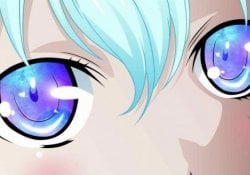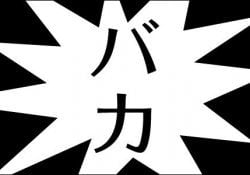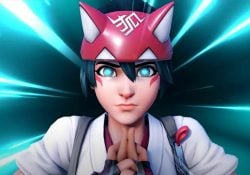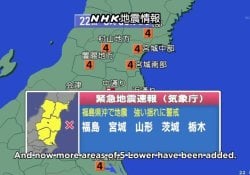Have you ever wondered how to express "this", "that", "that", "which", "where", "here", "there", "there", and other demonstrative pronouns in Japanese? In this article, we will explore these pronouns known as kosoado.
The demonstrative pronouns, known as "shinjigo" and "shijishi" in Japanese, play a fundamental role in indicating positions and references in a conversation. Additionally, they can be used to indicate places, objects, individuals, directions, and various other functions in the Japanese language. Keep reading to better understand how these pronouns work and how to use them in Japanese.
We recommend reading: KANA: Definitive Guide to Hiragana and Katakana - Japanese alphabet
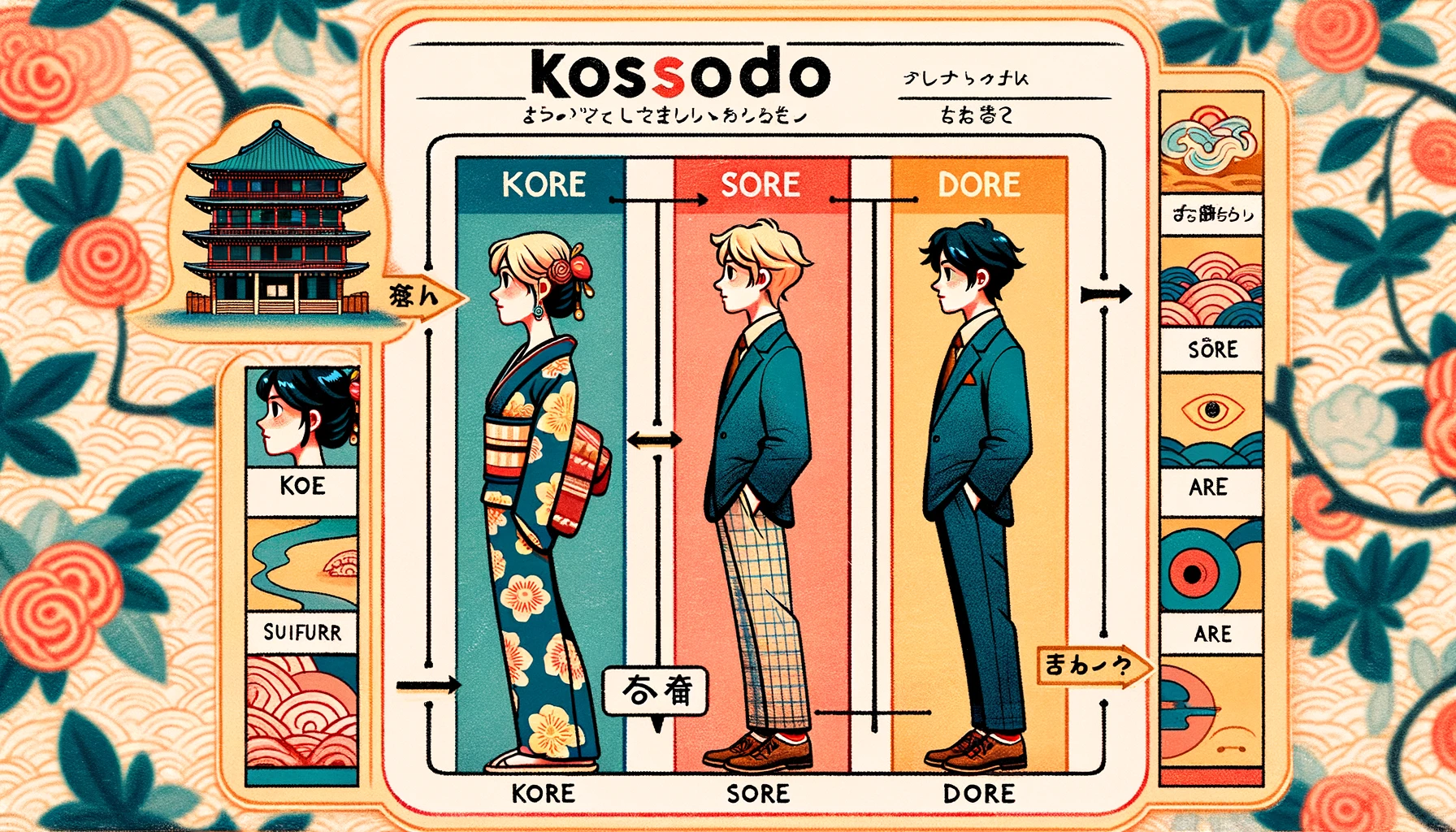
Índice de Conteúdo
Kosoado and Pronoun Divisions
The name Kosoado is a compound of 4 series that classify the demonstrative pronouns, they are represented by the initial kana of each pronoun. They are:
- Ko [此] – or “Kinshou” [近称], represents something close to the speaker/speaker;
- So [其] – or “Chuushou” [中称], represents something close to the listener;
- A [彼] – or “Enshou” [遠称], represents something distant from the speaker/speaker and the listener;
- Do [何] – Represents something of indeterminate position, and can be used for questions;
the pronouns kosoado are divided into 7 types:
- Jibutsu [事物] - Things;
- Bashou [場所] - Place;
- Houkou [方向] - Direction;
- Ninshou [人称] - Personal;
- Rentaishi [連体詞] - Prenominais;
- Fukushi [副詞] - Adverb;
- Keiyoudoushi [形容動詞] - Nominal adjectives;
It is also worth noting that within KOSOADO are the personal pronouns that we will also examine just below:
| Type | KO | SO | A | DO |
| Thing | Kore [これ] This | Sore [それ] That | Are [あれ] That | Dore [どれ] Which |
| Place | Koko [ここ] Here | Soko [そこ] Ali | Asoko [あそこ] There | Doko [どそ] Where |
| Direction | Kocchi [こっち] Here | Socchi [そっち] There | Acchi [あっち] Ali | Docchi [どっち] Which |
| Direction | Kochira [こちら] Here | Sochira [そちら] Here | Achira [あちら] Ali | Dochira [どちら] Which |
| Guys | Koitsu [こいつ] This person | Soitsu [そいつ] That person | Aitsu [あいつ] that person | Doitsu [どいつ] |
| Guys | Konata [こなた] This person | Sonata [そなた] This person | Anata [あなた] that person | Donata [どなた] Which |
| Pronoun | Kono [この] This one, this one | Sleep [その] This | Year [あの] that | Owner [どの] Which |
| Adverb | Kou [こう] This Way | I'm [そう] This Way | Aa [ああ] that one | Dou [どう] What? |
| Adverb | Kou [こう] This Way | I'm [そう] So | Aa [ああ] Like this | Dou [どう] How? |
| Adjective | Konna [こんな] Like this | Sonna [そんな] | Anna [あんな] | Donna [どんな] |
Jibutsu [事物] - Demonstrating things in Japanese
"Jibutsu" (事物) is a Japanese word that means "thing" or "object". It is used to refer to any inanimate physical or conceptual entity such as plants and animals.
これは本です。 Kore wa hon desu.
This is a book;
それは猫です。 Sore wa neko desu.
This is a cat;
あれは花です。 Are wa hana desu.
That is a flower;
どれがあなたの車ですか。 Dore ga anata no kuruma desu ka?
What is your car?
Bashou [場所] - Demonstrating places in Japanese
"Bashou" (場所) is a Japanese word that means "place" or "location". It is a common word used to refer to any geographical area, physical space, or specific position.
ここはブラジルです。 Koko wa burajiru desu.
Here it's Brazil!
そこは熱いですか。 Soko wa atsui desuka?
There it's hot?
あそこはきれいな町があります。 Asoko wa kireina machi arimasu.
There There is a beautiful city;
有希さんはどこですか。 Yuki-san wa doko desuka?
Where is Yuki?
The article is still halfway through, but we recommend also reading:
Houkou [方向] - Showing direction in Japanese
"Houkou" (方向) is a Japanese word that means "direction" or "orientation". This type of pronoun is used to indicate the way or the path in which something is moving or pointing.
こっちの水は甘いです。 Kocchi no mizu wa amai desu.
The water here is sweet;
こちらは一番大きい家です。 Kochira wa ichiban ooki ie desu.
Here is the biggest house;
そっちの花はもっときれいです。 Socchi no hana wa motto kirei desu.
The flowers there are more beautiful;
そちらの道はやばいです。 Sochira no michi wa yabai desu.
This path is dangerous;
あっちへ行って! Acchi e itte!
Go there!
あちらの山は寒いです。 Achira no yama wa samui desu.
That mountain is cold;
こっちか?そっちか?どっち? Kocchi ka? Socchi ka? Docchi?
Is it here? Or there? Which one?
学校どちらですか。 Gakkou ha dochira desuka?
What direction is the school in?
Ninshou [人称] - indicating a person
"Ninshou" (人称) is a type of Japanese pronoun used to refer to "person" or "individual," usually in an informal way in different contexts.
こいつは意志薄弱な男です。 Koitsu wa ishi hakujakuna otokodesu
This guy is a weak man.
そいつはいい考えだ。 Soitsu wa ī kangaeda.
This is a good idea. [no need to indicate a person directly]
あいつを撃つ。 Aitsu o utsu.
Shoot him;
Rentaishi [連体詞] - Pronominal pronouns
Different than kore, sore, are Pronominal pronouns are used to further specify the sentence, and must always be followed by a noun. The image at the beginning of the article will help you understand the difference.
このかばんはいくらですか? Kono kaban wa ikura desu ka?
How much is this bag?
そのかさは千五百円です. Sono kasa wa sen gohyaku en desu.
This umbrella is 1500 yen.
あのじてんしゃは八万六百円です. Ano Jitensha wa hachiman roppyaku en desu.
That bike [there] is 80,600 yen.
ど のとけいが千円ですか? Dono tokei ga sen en desu ka?
What watch is 1000 yen?
Fukushi - Adverbs
Fukushi (副詞) in Japanese refers to adverbs, a class of words used to modify verbs, adjectives, other adverbs, or whole phrases, providing additional information about the manner, time, place, or intensity of the action or described characteristic.
その漢字はこう書くんです Sono kanji wa kō kaku ndesu
This kanji is written like this
そうです soudesu
that's right
ああいう人は見たことない Aa iu hito wa mita koto nai
I didn't see any person there;
どういういみですか Dōiu imidesu ka
What does that mean?
Keiyoudoushi [形容動詞] - Nominal Adjectives
"Keiyoudoushi" (形容動詞), frequently translated as "adjectival nouns" in Japanese, are a class of words that combine characteristics of adjectives and nouns.
どんなことには耐えられないよ Don'na kotoni wa tae rarenai yo
I cannot suportar something like this
そんな感じです Son'na kanjidesu
It is such a feeling / It is this feeling!
なんでそんなことしたの Nande son'na ko to shita no
Why did he do that?
あんなやつ大嫌いだ An'na yatsu daikiraida
I hate this person
どんなことでも Don'na kotode mo
Doesn't matter what, anything!
Conclusion
These were the KOSOADO and some examples of use, we didn't go into much detail so you wouldn't rack your brains, it may seem confusing at first, but only with time and practice will you understand the feeling of each word.
Any error, suggestion or doubt, leave your comments, and don't forget to share with friends. To learn more Japanese, we recommend that you register on our website and get to know our Japanese course.

